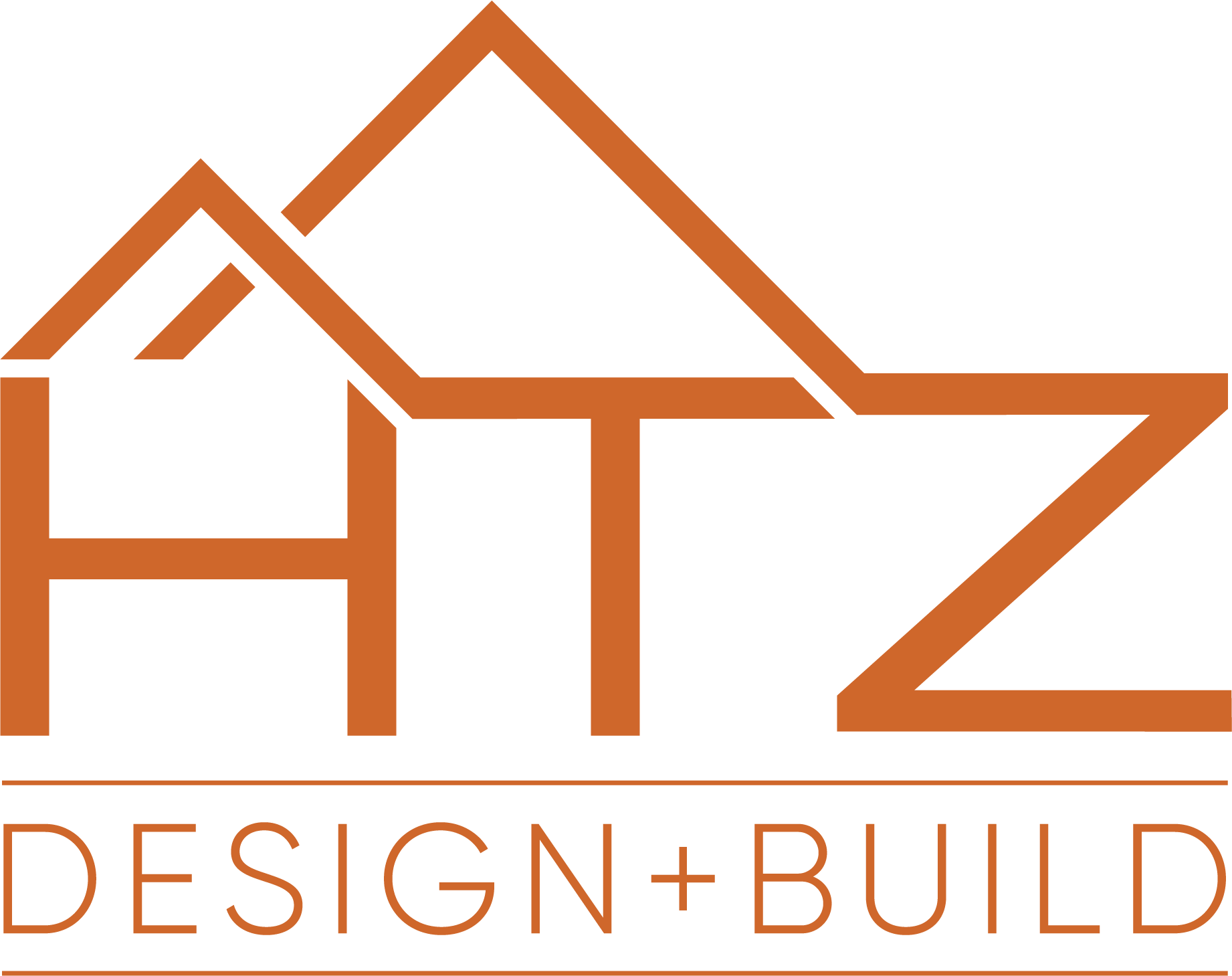
House Extension Cost Guide: What You Need to Know
House extensions can transform your living space, improve functionality, and add significant value to your property. However, planning a home addition involves multiple factors that influence costs. In this guide, I walk you through the key factors, average costs for different types of extensions, professional fees, construction expenses, hidden costs, and smart budgeting strategies. My aim is to provide clear insights to help you make informed decisions for your house extension project.
Key Takeaways
- House extension costs depend on size, design complexity, materials, and regional factors.
- Professional fees, construction labor, and hidden charges can significantly affect your budget.
- Smart budgeting includes obtaining multiple quotes and phasing your project according to your financial capacity.
Understanding Key Factors Influencing Your House Extension Cost

How Extension Size and Scope Affect Overall Price
The larger the extension, the higher the cost due to increased materials, labor, and planning time. When planning your extension, consider room dimensions, intended use, and overall design scale. Bigger projects may benefit from economies of scale but require more upfront investment. For example, a 50-metre extension involves more material and labor costs compared to a 20-metre addition.
The Impact of Design Complexity on Your Budget
Design complexity plays a crucial role in costs. Intricate designs with curved walls, custom finishes, and unusual structural requirements significantly drive up expenses. Complex designs often require specialized architects and additional engineering input, resulting in increased fees and longer construction timelines.
Material Choices and Their Bearing on Extension Expenses
Materials such as high-end cabinetry, premium roofing, and energy-efficient windows can increase the overall cost. Conversely, selecting cost-effective alternatives can help manage expenses. The balance between aesthetics and budget becomes critical, especially when using materials like hardwood versus laminate or natural stone versus ceramic.
Regional Variances in House Extension Costs
House extension costs vary significantly by location due to differences in labor rates, material availability, and regulatory requirements. Urban areas often have higher costs compared to suburban or rural locations. It is important to factor in these regional variances to develop a realistic budget.
Assessing Site Conditions and Accessibility
Site conditions such as soil type, topography, and accessibility affect excavation, foundation work, and overall construction costs. For example, extending a house on a sloping site may require additional engineering solutions compared to a flat site.
Average Costs for Different Types of House Extensions
Single-Storey Extension Cost Expectations
Single-storey extensions tend to be the most common and cost-efficient method, with expenses primarily driven by area and finish quality. Typical costs include foundation, wall framing, roofing, and basic interior finishes.
Double-Storey Extension Price Considerations
Double-storey extensions offer added living space above the original structure but involve additional structural reinforcements and higher labor costs. Often, these projects require more detailed planning and permits.
Side Return Extension Budgets
Side return extensions, which utilize side yard space, have competitive pricing due to their integration with the existing structure. They frequently serve as new kitchens or living spaces, where design continuity with the existing home is essential.
Wraparound Extension Financial Outlays
Wraparound extensions, which curve around the side of your property, often command premium pricing because they alter the entire profile of your home. These projects demand a higher degree of architectural expertise and customization.
Rear Extension Cost Guide
Rear extensions typically offer the best value as they extend the back of the house. Costs are influenced by the desired layout, connection with existing spaces, and the quality of materials used for external and internal finishes.
Table: Comparison of Extension Types and Associated Costs
| Extension Type | Average Cost per Square Metre | Key Factors | Typical Use |
|---|---|---|---|
| Single-Storey | Moderate | Basic design, standard finishes | Living spaces, kitchens |
| Double-Storey | High | Structural reinforcement, permits | Additional bedrooms |
| Side Return | Moderate | Integration with existing structure | Kitchen or utility rooms |
| Wraparound | Premium | Custom design, architectural finesse | Luxury living areas |
| Rear Extension | Moderate-Low | Connection with the main house | Dining or lounge areas |
Navigating Professional Fees and Administrative Charges in Your Extension Budget
Architect and Design Service Fees for Your House Extension
Hiring an architect ensures your extension is both functional and aesthetically pleasing. Fees depend on project complexity and typically represent a percentage of the total construction cost. An architect can help secure planning permissions, reducing risk during construction.
Costs Associated With Structural Engineers and Surveys
Structural engineers assess the existing property and design a safe extension. Survey costs and analysis fees are essential, especially where significant alterations or reinforcements are required.
Understanding Planning Permission and Building Regulation Expenses
Planning permissions, building regulation fees, and administrative charges can add up. It is crucial to budget for these expenses early in the planning phase to avoid delays or cost overruns.
Party Wall Agreement Costs
If your extension affects a shared wall with neighbors, a party wall agreement may be required. Costs vary depending on the complexity of the agreement and consultations needed with specialists.
Budgeting for Insurance During Your House Extension Project
Insurance is an often-overlooked cost that protects your investment during and after construction. Home insurance adjustments and additional construction insurance should be factored into your budget.
Breaking Down Construction and Labour Costs for Your House Extension
Estimating Foundation and Groundwork Expenses
Foundation work is critical and involves excavation, concrete slab installation, and drainage. These costs are influenced by site conditions and the materials used.
Walls, Roofing, and External Finishes Pricing
Constructing walls, installing roofing, and finishing external surfaces like cladding all contribute significantly to the overall cost. Higher-quality materials or bespoke designs naturally increase these expenses.
Window and Door Installation Cost Factors
High-quality windows and doors not only improve energy efficiency but also add to the aesthetic appeal of your extension. Installation costs vary by material and design.
Plumbing and Electrical Work Charges
Professional plumbing and electrical work ensure safety and compliance with building codes. These specialist services add to the overall cost, depending on the complexity of your home extension.
Contractor Rates and Skilled Labour Costs
Skilled labor, including builders and tradespeople, can vary widely by region. Contractor rates are influenced by demand, expertise, and the scope of the project.
Uncovering Potential Hidden Costs in Your House Extension Project
Expenses for Utility Relocation or Upgrades
Upgrading existing utilities or relocating them to accommodate your extension can reveal unforeseen expenses. Such costs can arise unexpectedly but impact your final budget.
Dealing With Unexpected Structural Issues in the Existing Property
Older properties may pose unknown challenges, such as hidden damp or structural faults, requiring additional repairs during your extension project.
Costs of Interior Finishes and Fittings
Beyond construction, interior finishes such as flooring, cabinetry, and fixtures can add substantially to the cost. Quality choices here improve functionality and aesthetics.
Site Clearance and Waste Disposal Charges
Proper disposal of construction debris and site clearance work are essential for safety and cleanliness. These charges must be included in your overall budget plan.
Allocating a Contingency Fund for Unforeseen Expenses
It is advisable to set aside a contingency fund to cover unexpected expenses. A reserve of 10–15% of the projected budget is often recommended.
Smart Strategies for Managing Your House Extension Budget
Obtaining Multiple Quotes From Reputable Builders
Securing multiple quotes helps ensure competitive pricing and highlights the best value services among reputable contractors.
Prioritizing Needs Versus Wants in Your Extension Plan
Distinguishing essential structural improvements from aesthetic enhancements can prevent budgetary overruns and allow for phased project implementation.
Considering Standard Versus Bespoke Options to Control Costs
While bespoke designs offer unique features, standardizing certain elements can significantly reduce costs without compromising quality.
Phasing Your Project to Align With Financial Capacity
Splitting your project into manageable phases allows for better cash flow management and minimizes financial stress during construction.
Reviewing Your Finances and Exploring Funding Options
Regular financial reviews, along with exploring funding alternatives such as home equity loans, ensure the project remains within budget and financially sustainable.
Final Thoughts
House extensions require careful planning and budgeting. By evaluating key factors like design complexity, material choices, and professional fees, you can control costs effectively. Smart strategies such as obtaining multiple quotes, prioritizing essential features, and allocating a contingency fund further help keep projects on track. I encourage you to carefully assess your needs and work with reputable professionals to achieve the best outcomes for your home extension.
Frequently Asked Questions
Q: How does the size of my extension influence costs?
A: Larger extensions require more materials and labor, leading to higher costs. Consider both the overall area and the added functional spaces when budgeting.
Q: What impact does design complexity have on my budget?
A: Complex designs often require specialized expertise and additional engineering work, which increases costs. Simpler designs are generally more cost-effective.
Q: Why should I budget for professional fees and administrative charges?
A: These fees ensure compliance with building regulations and quality design, while also covering necessary surveys and permits that safeguard your investment.
Q: How can I manage unexpected expenses during construction?
A: Setting aside a contingency fund of 10–15% of your budget allows you to cover unforeseen costs such as utility relocation or hidden repairs.
Q: Is it beneficial to obtain multiple quotes from builders?
A: Yes, gathering multiple quotes helps identify the best value, ensures competitive pricing, and highlights reputable contractors for your project.



